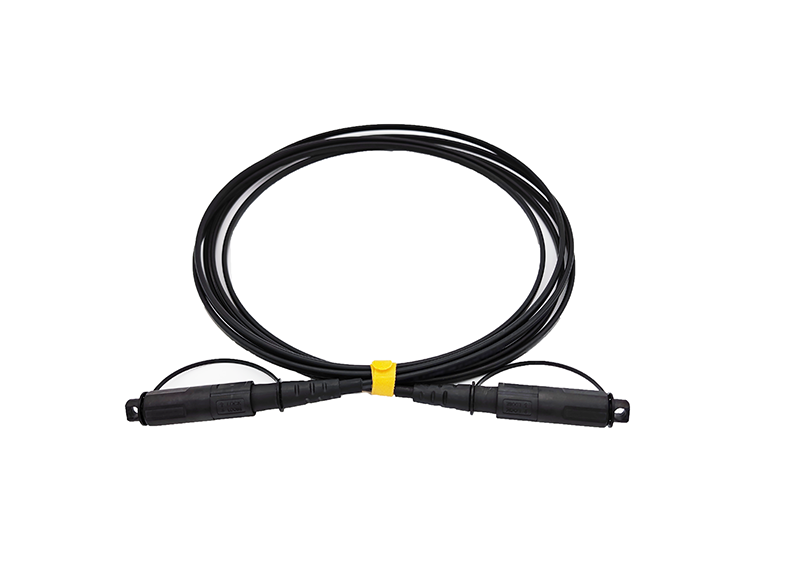The most essential difference between the tail fiber and the fiber jump line is that there is only one section of the tail fiber, and the optical fiber jump line has a connector at both ends. The role of tail fiber is mainly used to connect the connecting ends of the fiber. One end of the tail fiber is meltd with the fiber connection, and the other end is connected to the fiber or fiber module through special connectors (FC, SC, LC, ST) path. Among them, FC and FC joints are generally used in communication and transmission equipment, optical end machine products; ST joints are generally transferred with couplers first, and then connected to the fiber transceiver or optical fiber module.
1. Tail fiber
The tail fiber is also called the pork tail line. There is only one end with a connection head, and the other end is a broken chinenia of an optical cable core. It is connected to other optical cable fiber cores by melting. The device (coupler, jump line, etc.).
Tail fiber is divided into multimodiliac tail fiber and single -mode tail fiber:
The multi -mode tail fiber is orange, the wavelength is 850nm, and the transmission distance is 500m, which is used for short distance interconnection.

The single -mode tail fiber is yellow, there are two types of wavelengths, 1310nm and 1550nm, and the transmission distance is 10km and 40km, respectively.
The ITU-T International Telecom Alliance Remote Communication Standardization Organization (ITU-T FOR itUTELECOMMUNICANINDANDANATOR) specifies three common optical fiber: fiber that meets G.652 specifications, fiber fiber that meets G.653, and optical fiber that meets the specifications of G.655.
Second, optical fiber jump line
Fiber jump line refers to the optical fiber that is directly connected to the desktop computer or device to facilitate the connection and management of the device. It is used as a jump line from device to optical fiber wiring links. There is a thick protective layer, which is generally used in the connection between the light -end machine and the terminal box.
Optical fiber jump structure. The fiber jump line is similar to the coaxial cable, but there is no mesh shield. The center is the glass core spread. In the multi -mode fiber, the diameter of the core is 15 μm ~ 50 μm, which is roughly comparable to the thickness of the human hair. The diameter of the single -mode fiber core is 8 μm ~ 10 μm. The outer outer of the core is surrounded by a glass seal with a layer of refractive index lower than the core to keep the fiber in the core. The outside is a thin plastic jacket to protect the cover.
Fiber jump line classification. The optical fiber jump line can be divided into single -mode and multi -mode jump lines of common silicon -based fiber according to different transmission medium, as well as other fiber jump lines such as plastic and other transmission medium; Jumping line, SC jump line, ST jump line, LC jump line, MTRJ jump line, MPO jump line, MU jump line, SMA jump line, FDDI jump line, E2000 jumper, DIN4 jump line, D4 jump line, etc. form. The more common fiber-jump lines can also be divided into FC-FC, FC-SC, FC-LC, FC-S, SC-SC, SC-S.
Multi-Mode Fiber: Generally represented by orange jumping lines, some are represented by gray, the joints and protective sets are beige or black; the transmission distance is short.










